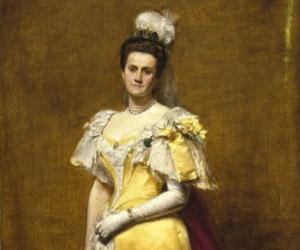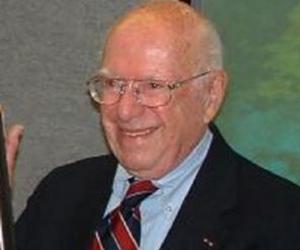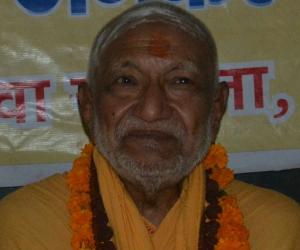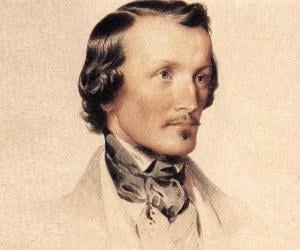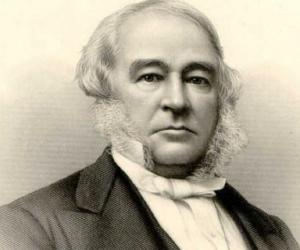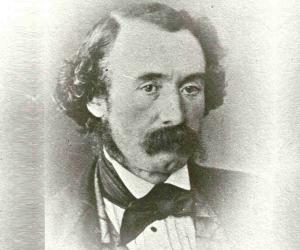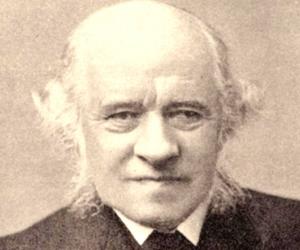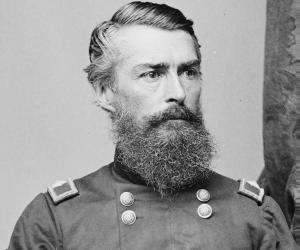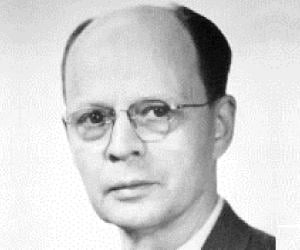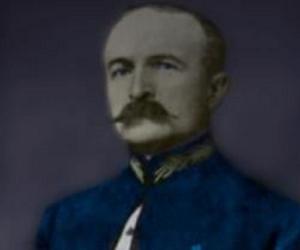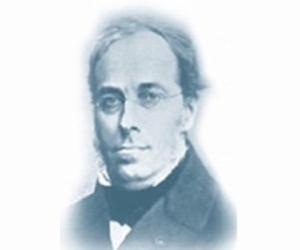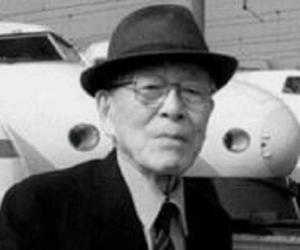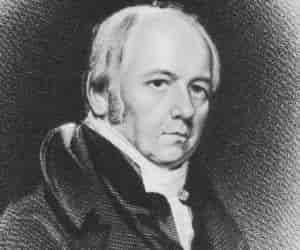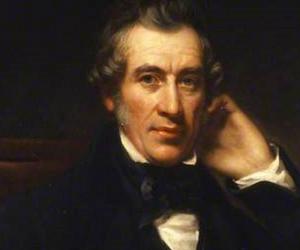Quick Facts
Died At Age: 59
Family:
Spouse/Ex-: Washington Roebling
siblings: Gouverneur K. Warren
Civil Engineers American Women
Died on: February 28, 1903
U.S. State: New Yorkers
More Facts
education: New York University
Childhood & Early Life
Emily Warren was born on September 23, 1843, to Sylvanus and Phebe Warren at Cold Spring, New York, as the second youngest of the couple’s 12 children. Her father was a state assemblyman and town supervisor. She was especially close to her older brother Gouverneur K. Warren.
Intelligent and curious from a young age, she loved to learn and wanted to pursue a formal education. She was educated at a convent school in Washington and was fully supported by her older brother in her intellectual pursuits.
Later Years
Eventually her brother graduated from the United States Military Academy at West Point, and became a corps commander in the Union army during the American Civil War. Emily met and married Washington Roebling, an engineering officer on her brother’s staff.
Emily’s father-in-law John Augustus Roebling, a prominent civil engineer, designed the Brooklyn Bridge. As he began work on it, Emily and her engineer husband went to Europe to study the use of caissons for the bridge.
Meanwhile, her father-in-law sustained a crush injury to his foot in a freak accident when a ferry pinned it against a piling. The amputation of his crushed toes resulted in a tetanus infection due to which his health deteriorated quickly. Realizing that he would not survive, he appointed Washington Roebling in charge of the project.
After his father’s death, Washington took over the project and immersed himself in it. During his work, he developed caisson disease which progressed quickly and left him bed-ridden. At this point, Emily began taking up more responsibility of the bridge work to help her husband.
An intelligent and well-read woman, she already had basic knowledge about construction of bridges. Now she began reading more about the subject and gained extensive knowledge on topics like strength of materials, stress analysis, and cable construction.
She actively became involved in the construction of the bridge, taking over much of the chief engineer’s duties. She supervised the day-to-day operations and planned the bridge’s continued construction jointly with her husband. The responsibility of dealing with politicians and others associated with the bridge also fell upon her.
In 1882, questions were raised regarding Washington’s capability to serve as the Chief Engineer. During this time Emily became her husband’s spokesperson and attended gatherings on his behalf.
Impressed by her works, the politicians retained Washington as the Chief Engineer of the Brooklyn Bridge which was finally completed in 1883. Before the bridge’s grand opening, she rode the first carriage across from the Brooklyn side, carrying a rooster as a symbol of victory.
After the completion of the bridge she became active in various social and philanthropic organizations such as the Relief Society and the Daughters of the American Revolution. She also served on the Board of Lady Managers for New Jersey at the World’s Columbian Exposition.
A learner till the very end, she received a certificate in business law from the Woman’s Law Class at New York University in 1899. In addition, she traveled and lectured widely until her death.
Major Works
Emily Warren Roebling is known for her contribution towards the construction of the Brooklyn Bridge which connects the boroughs of Manhattan and Brooklyn by spanning the East River. Considered an icon of New York City, the bridge was designated a National Historic Civil Engineering Landmark in 1972.
Personal Life & Legacy
Emily’s brother was serving with the Fifth Army Corps during the American Civil War. While visiting him in 1864, she met Washington Roebling who worked on her brother’s staff. The two fell in love and tied the knot on January 18, 1865. This marriage resulted in the birth of one son.
She was a wide traveler and lived an active life till the very end. She died on February 28, 1903.
Facts About Emily Warren Roebling
Emily Warren Roebling played a crucial role in the completion of the Brooklyn Bridge when her husband, the chief engineer, fell ill. She effectively took over his duties and oversaw the project to its successful conclusion.
She was the first person to cross the completed Brooklyn Bridge, carrying a rooster as a symbol of victory and progress.
Emily Warren Roebling was a skilled mathematician and was instrumental in managing the complex calculations and engineering tasks required for the construction of the bridge.
Despite facing skepticism and discrimination as a woman in a male-dominated field, Emily Warren Roebling’s dedication and intelligence shone through, earning her the respect and admiration of her peers.
In recognition of her contributions, Emily Warren Roebling was honored by various organizations and was later inducted into the prestigious Hall of Fame for Great Americans.


